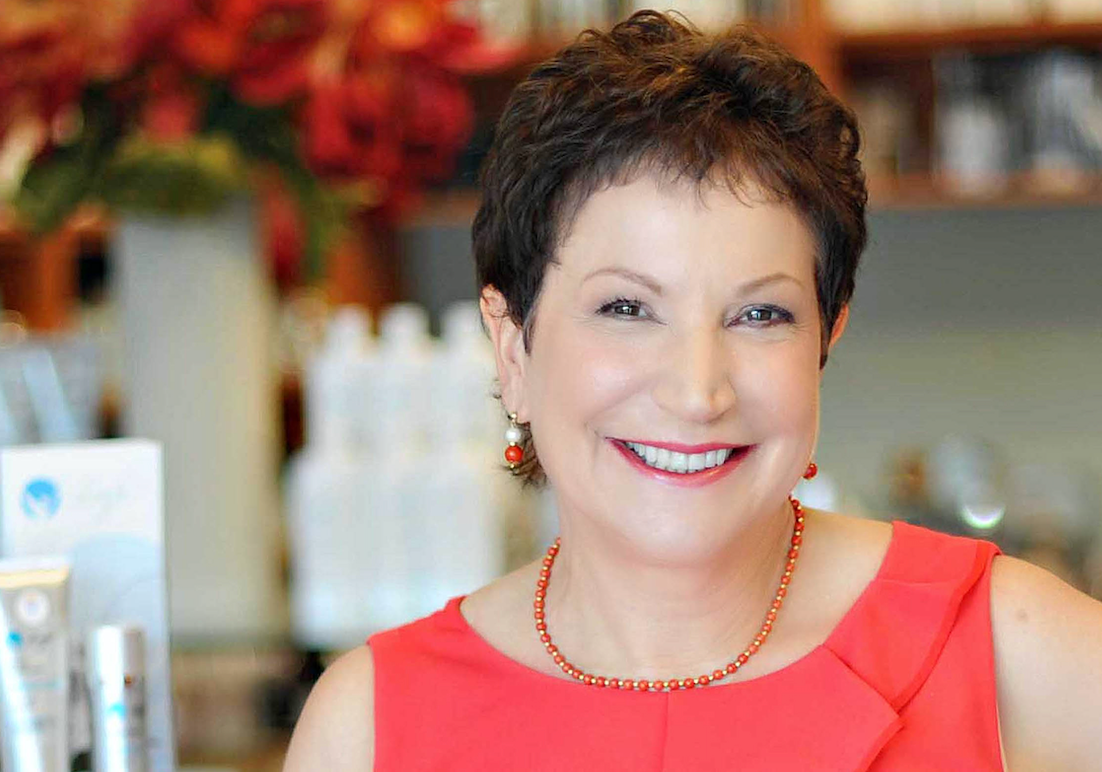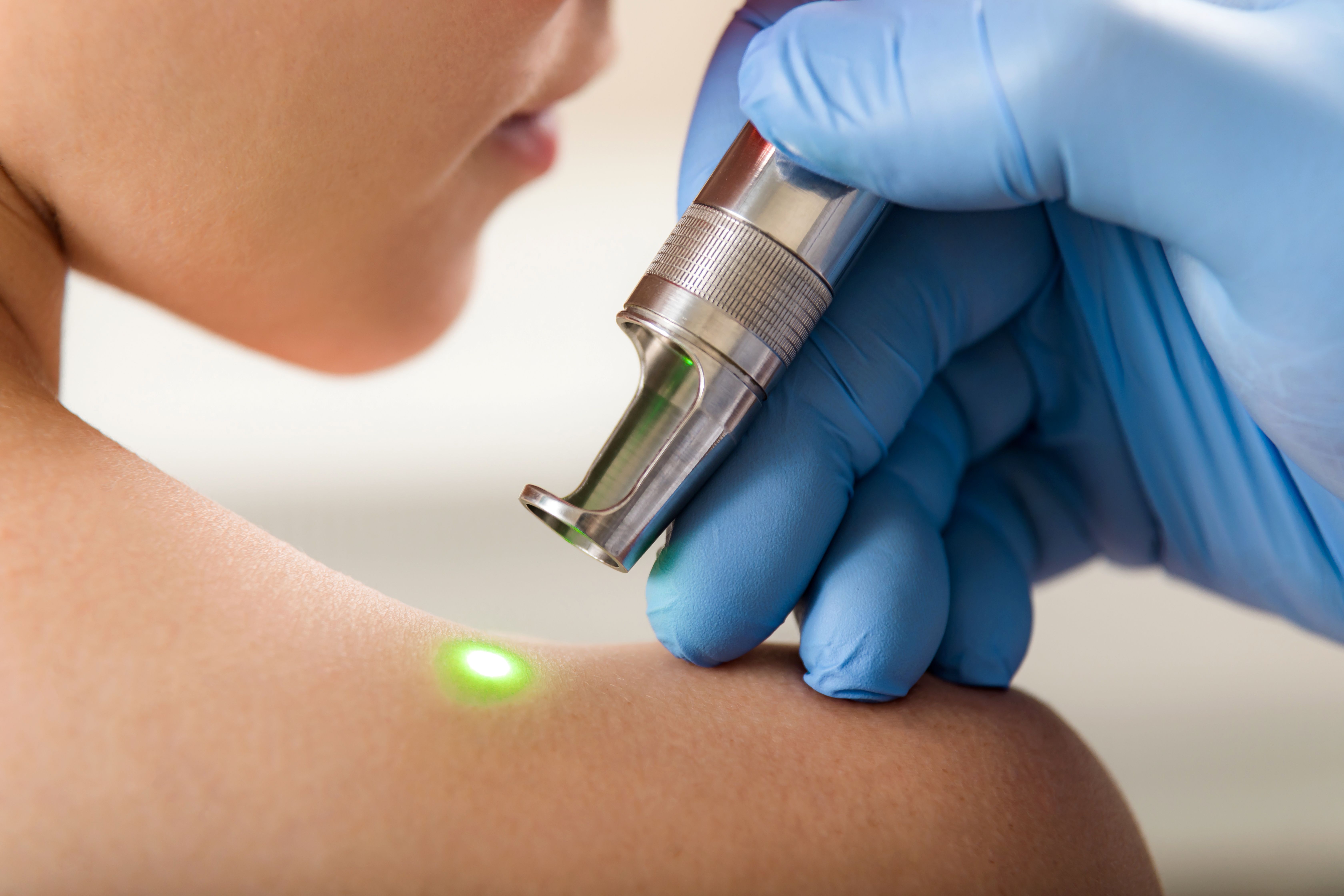- Acne
- Actinic Keratosis
- Aesthetics
- Alopecia
- Atopic Dermatitis
- Buy-and-Bill
- COVID-19
- Case-Based Roundtable
- Chronic Hand Eczema
- Chronic Spontaneous Urticaria
- Drug Watch
- Eczema
- General Dermatology
- Hidradenitis Suppurativa
- Melasma
- NP and PA
- Pediatric Dermatology
- Pigmentary Disorders
- Practice Management
- Precision Medicine and Biologics
- Prurigo Nodularis
- Psoriasis
- Psoriatic Arthritis
- Rare Disease
- Rosacea
- Skin Cancer
- Vitiligo
- Wound Care
Publication
Article
Aesthetic Authority
Female to Male Top Surgery Protocols
Author(s):
Mark Mandell-Brown, MD, details his treatment protocol for addressing female to male breast reduction surgically and through minimally invasive procedures.
Chest masculinization, or top surgery, is the most common operation performed for gender affirmation, according to the findings of a 2020 study published in Plastic and Reconstructive Surgery.1
Gender affirming surgery can help transgender patients with gender dysphoria feel more comfortable in their bodies. In addition, results from a 2021 survey show the surgery have been associated with decreased rates of mental health disorders and improved psychosocial function.2,3
Patient demand for female to male breast reduction is increasing, says cosmetic surgeon Mark Mandell-Brown, MD, who recently talked with Aesthetic Authority® about treatment options, surgical protocols, and his experience with the procedure.4
“Realistically, we are reducing the breasts and there are different ways of doing that,” says Mandell-Brown, president of the American Academy of Cosmetic Surgery, and a triple board-certified cosmetic surgeon at Mandell-Brown Plastic Surgery Center in Cincinnati, Ohio. “As a surgeon, you have to approach it in a stepwise fashion.”
Mandell-Brown often recommends liposuction as a standalone treatment for patients with small breasts—an A or B cup, potentially a small C—and no ptosis, or breast sagging.
“If the patient has a larger areola, we remove some of the areola in a circular fashion. We make 2 incisions, an outer circle and an inner circle, and remove the excess areola or breast skin. Then we close the outer and inner circle,” he says.
There are 3 categories of breast ptosis. The first category is nipples that are on the breast fold level—when one puts a finger under the breast on the crease—with minimal sagging. The second category is nipples that fall below that line. Nipples that point downward toward the ground are considered to be category 3 ptosis.
To address sagging, Mandell-Brown often uses Renuvion (Apyx Medical), which delivers helium plasma and radiofrequency energy to provide controlled coagulation and contraction of soft tissue. The small entry points and reduced pain result in shorter recovery times and minimal scarring.5
“We use Renuvion in combination with liposuction,” he says. “Often that will shrink the breast down, making it more compatible with a male breast.”
Whether using liposuction as monotherapy or combination therapy, Mandell-Brown says his goal is to use minimally invasive options when possible. These, for example, limit incisions to 2-mm openings on each breast. When reducing larger breasts, he often uses a 2-step approach. The first step involves the previously discussed procedures for smaller breasts.
“We see how much the tissues contract,” Mandell-Brown says. “I would say 80% of patients are happy with [the initial] stage.”
If patients are not yet satisfied, he fine tunes results with either more liposuction or additional reduction around the areola in a circular fashion. Patients with very large breasts—a D cup or larger and class 3 ptosis—might be candidates for a “double incision” technique.
“A double incision technique is where we make an incision along that breast fold and then have the patient flex,” he explains. “The upper [flexed] portion shows you where the border of the pectoralis muscle is. You make a separate incision there and remove that tissue between the 2 horizontal lines.”
On men, the nipple/areola sits off to the outer third of the chest and is smaller when compared to that of a cisgender woman.
“For the male, if you divide the collar bone into thirds, it should be between the middle and the outer third and should be just at the border of the pectoralis muscle,” Mandell-Brown says. “The nipple and areola should be about 2 cm wide as opposed to [that of] most females, which is about 4 cm wide.”
Mandell-Brown advises his breast surgery patients to avoid aspirin and acetaminophen, fish oil, and vitamin E, all of which promote bleeding. Nipple and areola numbness can occur temporarily but is rarely permanent when using a keyhole or periareolar technique.6 However, performing a free areola or nipple graft causes permanent numbness to the area, which Mandell-Brown prefers to avoid.
“With the free areola or nipple graft you are actually taking off the areola, setting it aside, reducing the breast and then sewing it back on with what we call bolster dressing, which holds it in place,” he says. “With that technique, you do have 100% loss of sensation.”
Scarring is another major factor. Mandell-Brown notes that he makes every attempt to minimize scarring because breast reduction surgery scars can be aesthetically disabling.
In general, patients transitioning have a high satisfaction rate and tend to be grateful, he says. Most of those who come to Mandell-Brown’s Cincinnati practice for female-to-male top surgery are from 26 to 38 years old.
Performing chest masculinization has been a satisfying part of practice for Mandell-Brown, but he recommends that surgeons first check with patients’ endocrinologists and/or psychologists to make sure patients are ready both emotionally and physically for the change.
References
- Gonzalez E, Frey JD, Bluebond-Langner R. Technical refinements in gender-affirming top surgery. Plast Reconstr Surg. 2020;146(1):38-40. doi:10.1097/PRS.0000000000006913
- Alcon A, Kennedy A, Wang E, et al. Quantifying the psychosocial benefits of masculinizing mastectomy in trans male patients with patient-reported outcomes: the University of California, San Francisco, Gender Quality of Life Survey. Plast Reconstr Surg. 2021;147(5):731e-740e. doi:10.1097/PRS.0000000000007883
- Stocum L. Psychosocial benefits of gender affirming surgery. Aesthetic Authority®. May 10, 2021. Accessed June 8, 2021. https://www.aestheticauthority.com/view/psychosocial-benefits-of-gender-affirming-surgery
- Hobbins K. Female to male breast augmentation. Aesthetic Authority®. March 9, 2021. Accessed May 14, 2021. https://www.aestheticauthority.com/view/female-to-male-breast-augmentation
- Renuvion. Apyx Medical. Accessed June 8, 2021. https://www.renuvion.com
- Non-binary nipple and areola options. Gender Confirmation Center by Dr. Scott Mosser. Accessed June 8, 2021. https://www.genderconfirmation.com/non-binary-nipple-and-areola-options/

Newsletter
Like what you’re reading? Subscribe to Dermatology Times for weekly updates on therapies, innovations, and real-world practice tips.





















